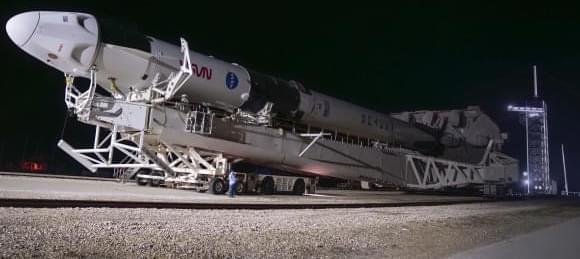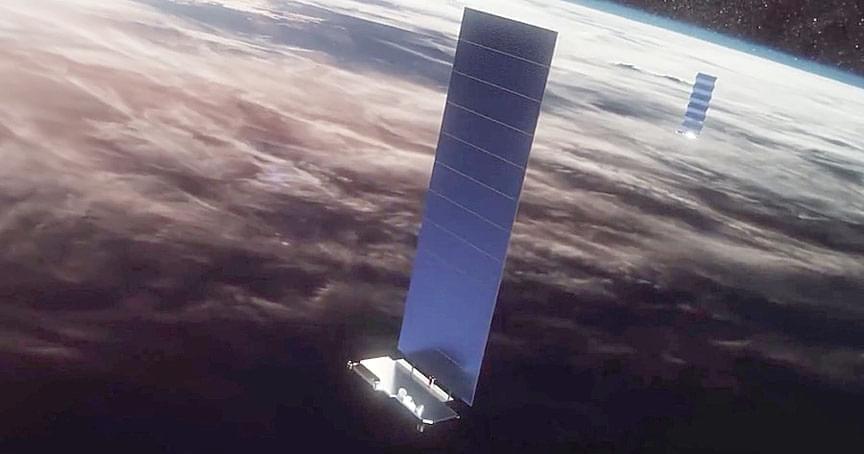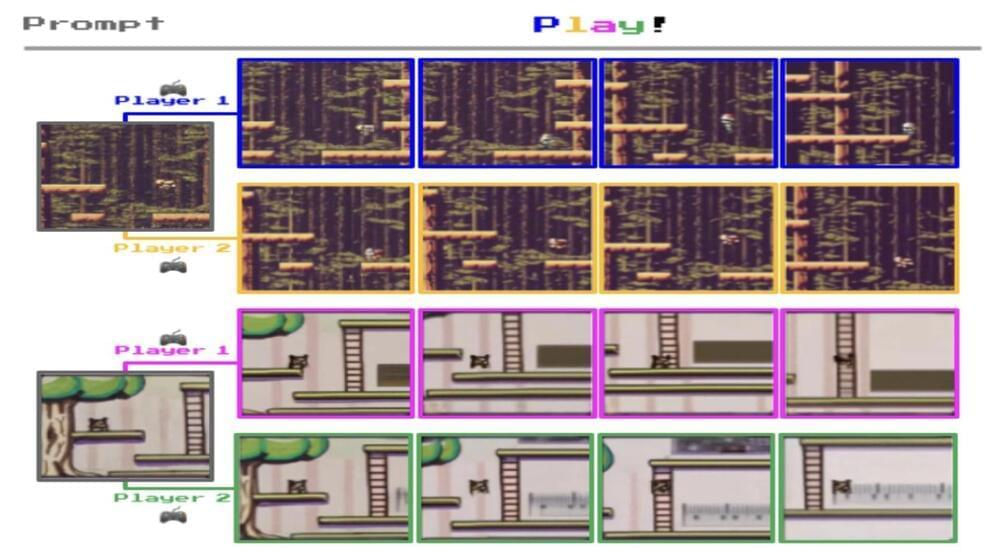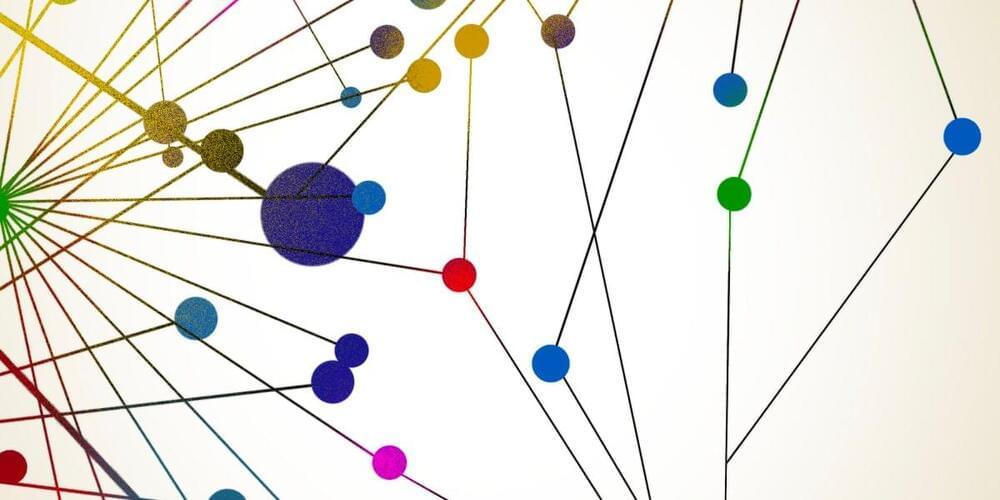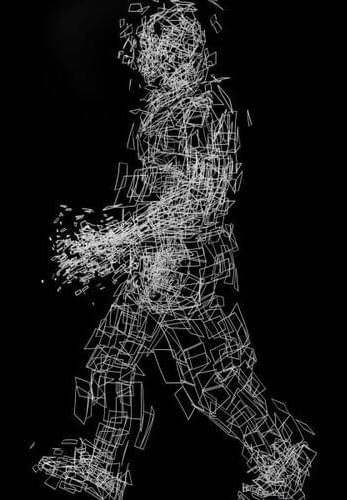Mar 4, 2024
Launch Roundup: SpaceX launching three Falcon 9 rockets including Crew-8; new launcher to debut from Japan
Posted by Zola Balazs Bekasi in categories: internet, satellites
This week now has four flights scheduled, starting with Crew-8, which is sending a new crew to the International Space Station for a six-month tour of duty after successfully launching from Florida. Starlink 6–41 from Cape Canaveral and Transporter 10 from Vandenberg Space Force Base are also on the docket along with the debut of a new small satellite launcher from Japan.
Crew-8 launched three NASA astronauts and one Roscosmos cosmonaut to the Station on March 3, while the Starlink 6–41 flight and Transporter 10 are now due to fly on March 4. The new KAIROS small satellite launcher developed by the Japanese commercial sector is scheduled to fly on March 8.
